Landmark heritage review delivered for Parkville after four-decade hiatus
The University of Melbourne’s International House and global biotech giant CSL’s two-storey brick Poplar Rd headquarters are among historical landmarks up for heritage listing under a sweeping heritage review of Parkville, the first of its kind to be undertaken in four decades.
Twenty new individual places, including four complex sites, as well as four new precincts, with the later “to reflect distinctive periods of development and significance”, have been recommended for heritage overlay inclusion.
The proposals are part of the City of Melbourne’s Parkville Heritage Review, the first heritage study to be conducted since 1979, with an update made in 1985, marking a momentous occasion for residents of Parkville, which is renowned for its Victorian-era architecture and significant contributions to Melbourne’s history.
Councillors endorsed the 1400-page review at their November 14 Future Melbourne Committee meeting after the council engaged GML Heritage Pty Ltd in November 2021 to review the heritage values of the area. The review will now go before the state government for approval to prepare and exhibit the Parkville Heritage Review Planning Scheme Amendment.
Such an amendment would also see four new precincts created including South Parkville, The Avenue, West Parkville, and St Georges “to reflect distinctive periods of development and significance”, while recognising large areas of Aboriginal cultural sensitivity reflective of the historic and cultural associations of the area.
The heritage status of 190 properties has also been changed, the majority of which are being upgraded.
A major recommendation being sought is for Heritage Victoria to list the International House complex at 197-259 Royal Parade, and the Commonwealth Serum Laboratories (CSL) building at 39-79 Poplar Rd under the Victorian Heritage Register after the review found both sites “as having potential state significance”.
International House, set among 1.5 hectares of gardens, opened in 1957 and is the second largest residential college of the University of Melbourne, accommodating 350 students. It was built after WWII when the Australian government invited university students from countries in South and South-east Asia to study in Australia, with Rotary as a major supporter.
In another win for the Parkville community, the Harcourt building at 35-39 Royal Parade, which residents have fought to save after losing a state planning tribunal fight, has been assessed as a “significant place” with “high historical merit”.
The 1920s-built building was used as a boarding house, and more recently was occupied by Trinity College. The council knocked back an application by Sinclair Dermatology to turn the building into a medical centre, but the decision was overturned at a VCAT hearing this year.
According to the council, interim heritage protection is proposed through the amendment to protect identified properties, including buildings or streetscapes.
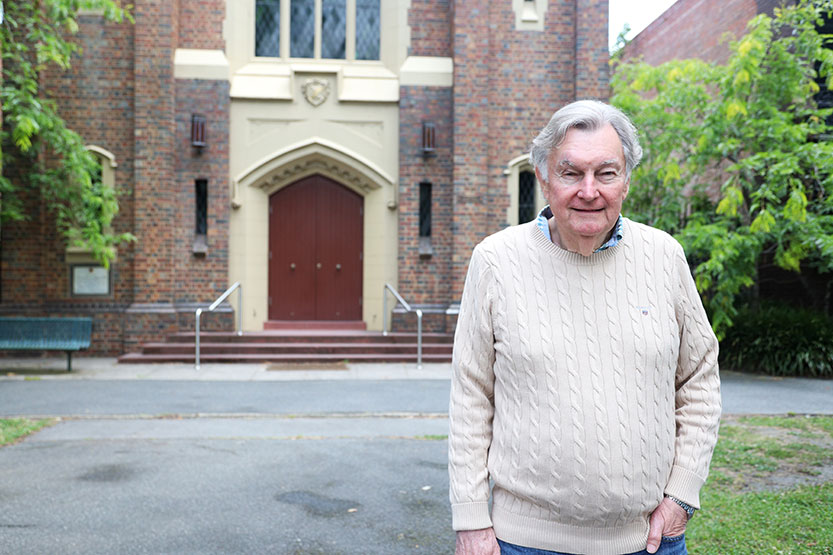
The Parkville Association’s president Rob Moore expressed his enthusiasm for the review, saying “given the timelines it seems like an eternity however the significance for Parkville is incredible”.
“To Suellen Hunter and Ros Rymer from the council who I worked very closely with, they were incredible. Their passion and support of our small part of Melbourne was first class. To recognise the importance of intra-war buildings was very important given most are now around 100 years old,” he said.
The council’s heritage portfolio lead Cr Rohan Leppert described the review as a “beautiful piece of work” with the “environmental histories and the thematic histories that have been written about the history of how Parkville came to be are fascinating”.
“It is important that as a responsible level of government, council is ensuring that the way that local heritage is measured and represented in our planning scheme is contemporary and that makes sure that we’re reflecting the values that are held dear by the community,” he said.
“I encourage the Minister to sign off on those interim heritage controls quickly and we can get cracking with the permanent heritage controls as well; exhibit this massive but really wonderful piece of work, this planning scheme amendment, and I encourage everyone to make a submission and have their say.” •

Carlton language school championed by Ukrainian refugee


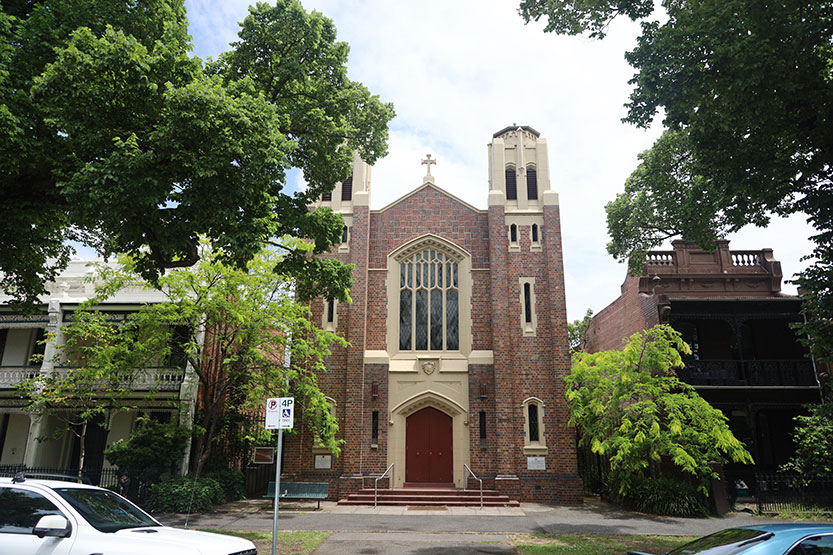
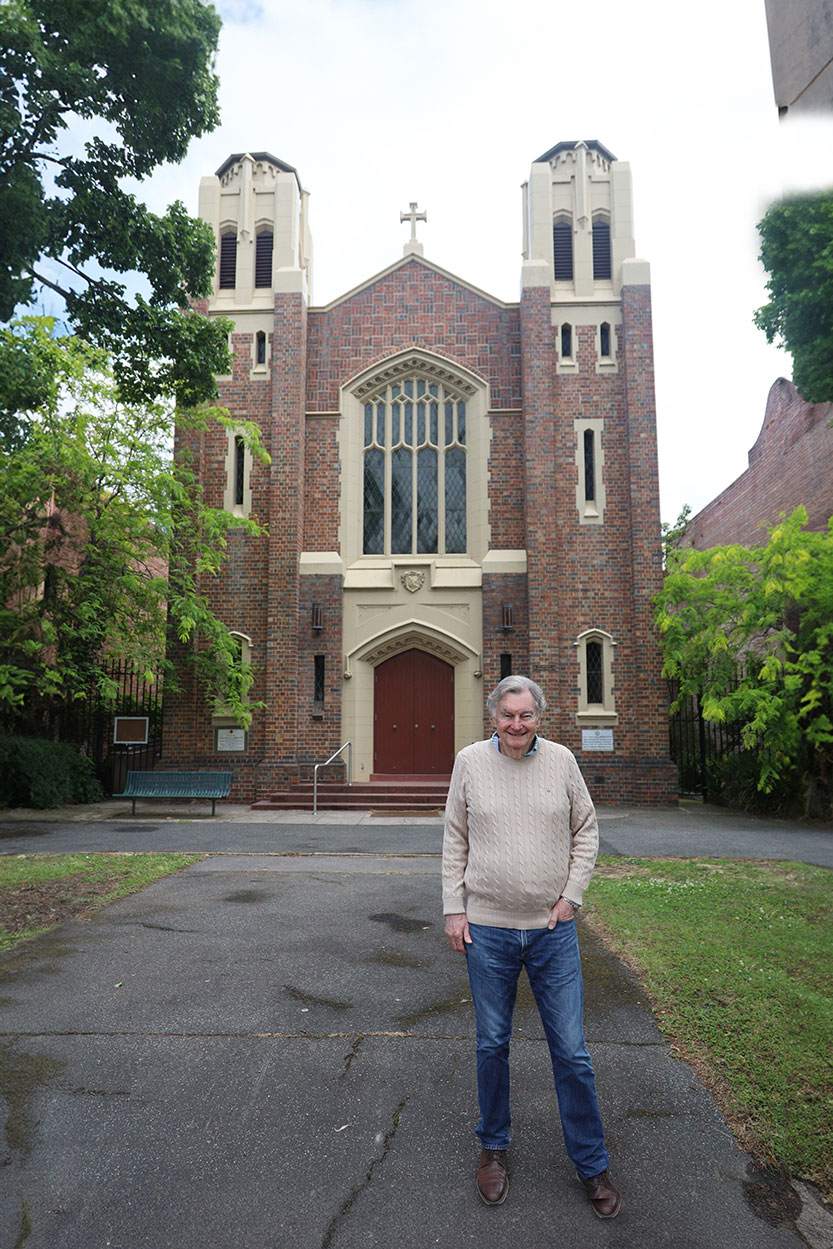
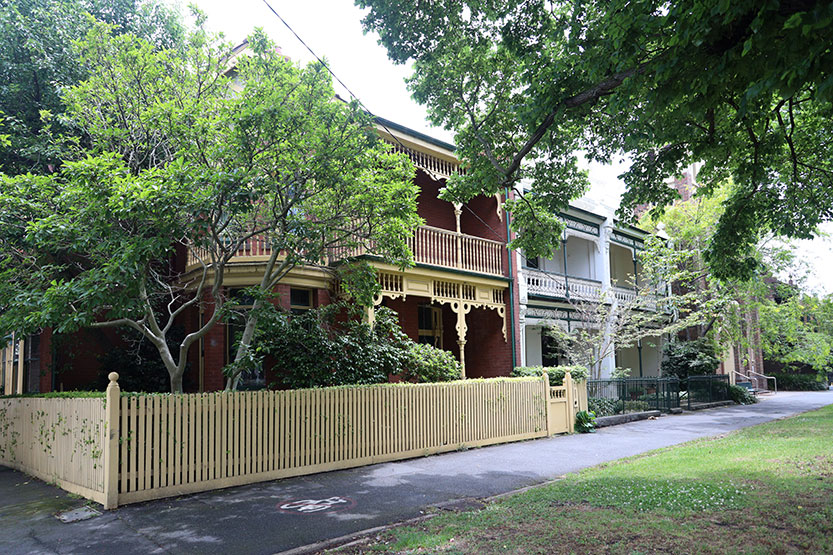
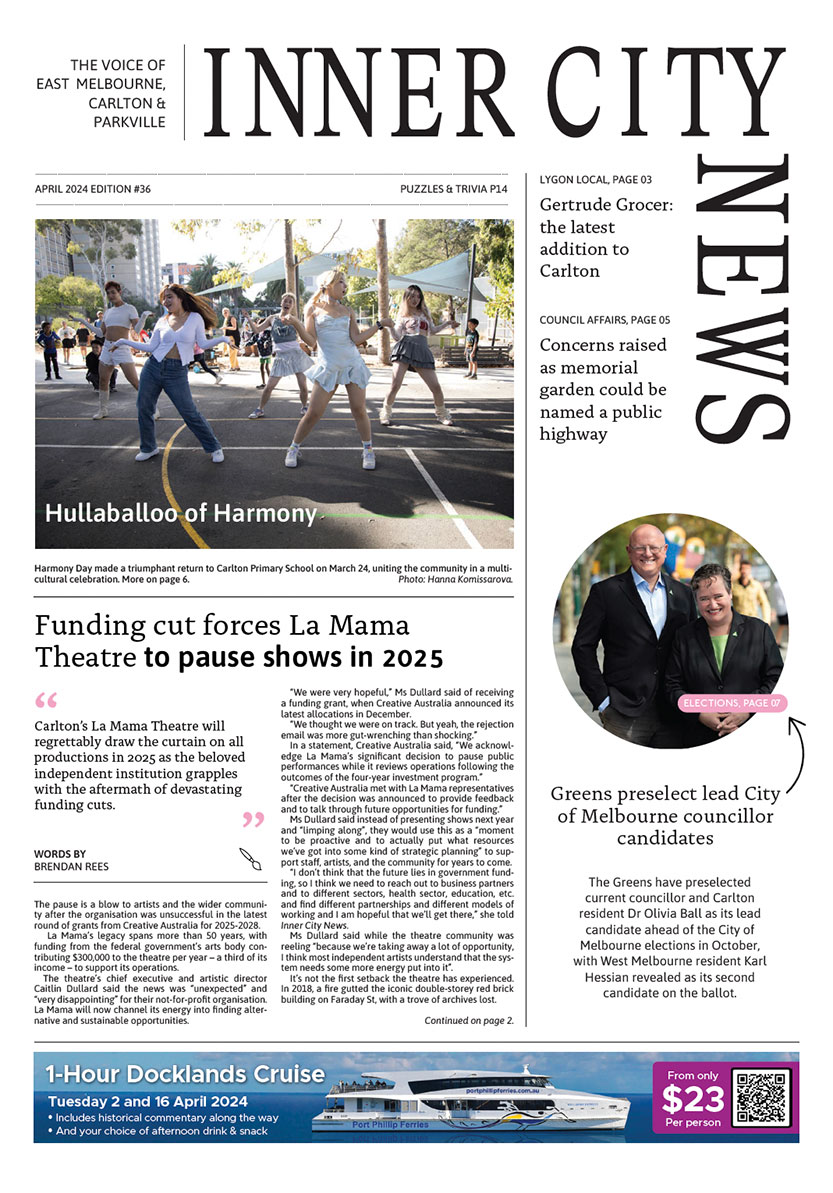 Download the Latest Edition
Download the Latest Edition